
A pivotal part of historical community life, discover the religious heritage that unites our Beautiful Villages.
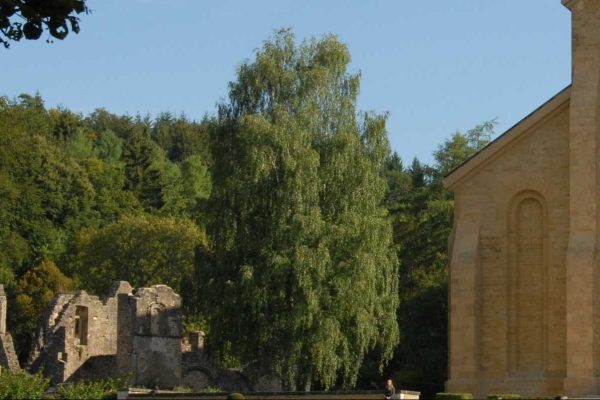
Centuries of history have enamelled the Notre-Dame d'Orval Abbey - Exceptional heritage of Wallonia (Outside the village - 13 km)
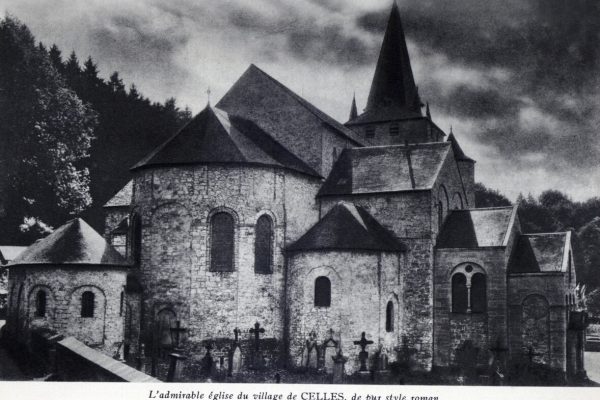
Since the 11th century, the collegiate church has displayed its cascading limestone volumes in the heart of the village of Celles - an exceptional heritage of Wallonia.
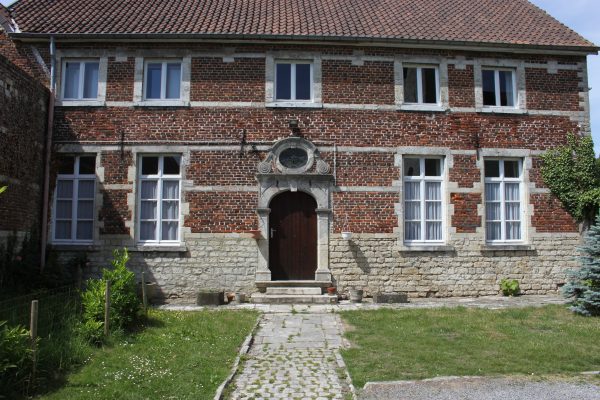
A former vicarage dating from 1729, with an elegant volume skilfully enlivened by details in Gobertange stone.

In the footsteps of Saint Anthony of Padua or...the devil - Listed site
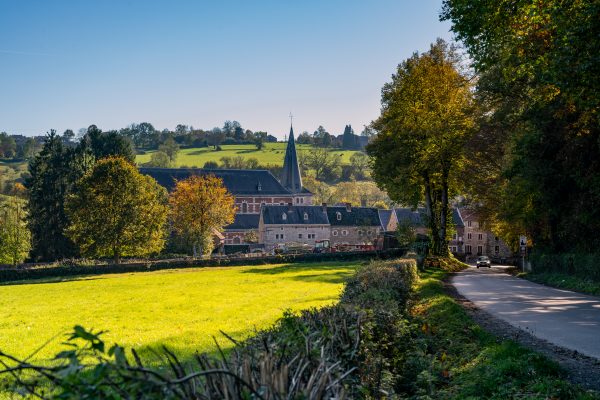
Like a tower moored to a large vessel, the imposing silhouette of the Saint-Roch church stands out in the Soiron landscape.
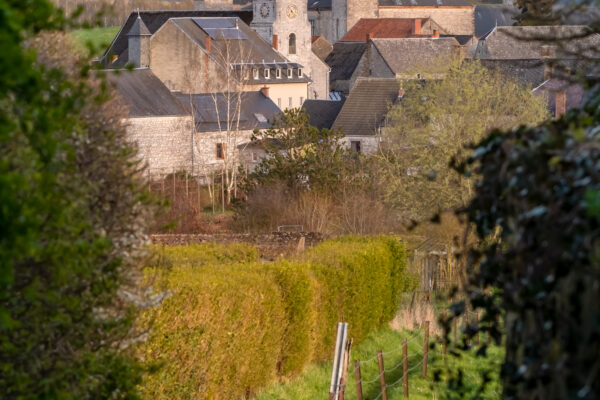
Située au cœur du village, l’église dédiée à saint Léger et édifiée en pierre calcaire a connu, au cours du temps, de nombreuses modifications.
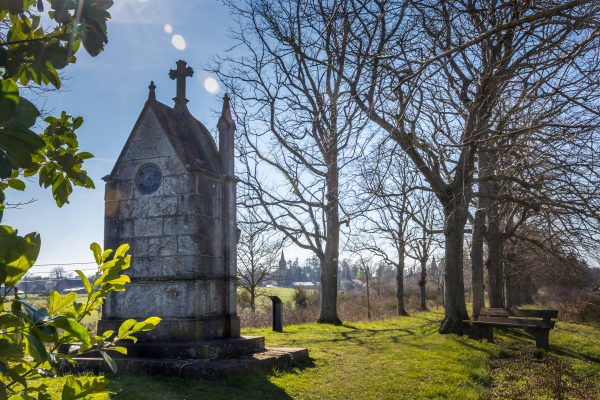
At the end of an alley punctuated by 38 lime trees was a chapel.
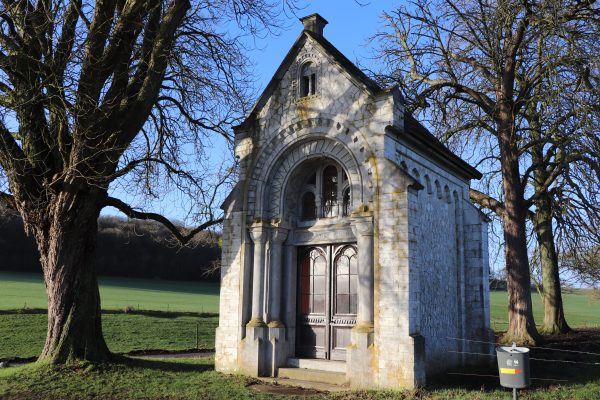
'Neo-Roman' chapel bordering the south-eastern entrance to the village of Falaën.

The homogeneity of the limestone exterior Vs an interior rich in architectural details - listed monument.
The association Les Plus Beaux Villages de Wallonie (The Most Beautiful Villages of Wallonia) oversees a network of 32 villages, bearers of a strong territorial identity and reflecting traditional architecture. It is committed to promoting the rural, cultural and natural heritage of Wallonia and is a part of the development of local and responsible tourism.
More information